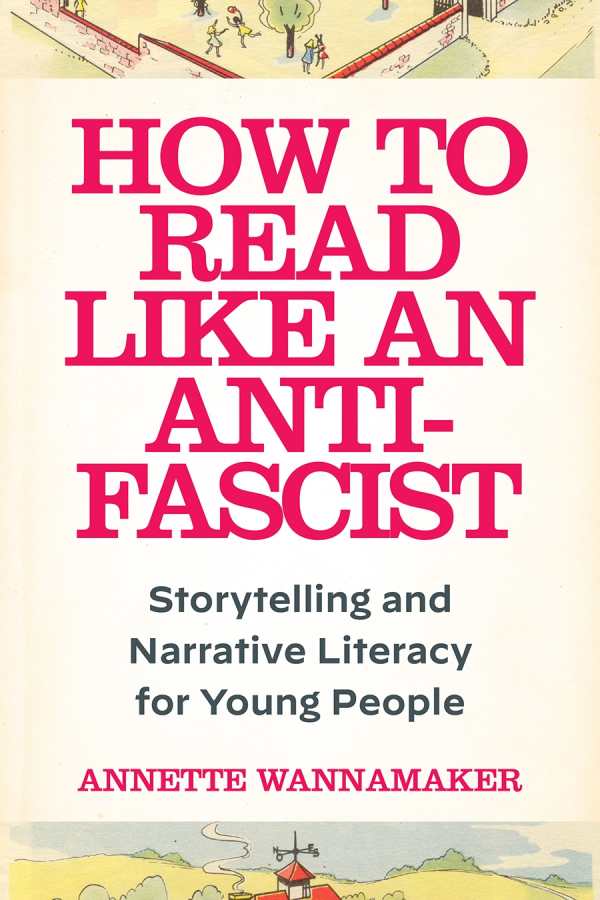How to Read Like an Anti-Fascist
Storytelling and Narrative Literacy for Young People
Framed as a resistance manual for critical thinking amid rising neofascism, Annette Wannamaker’s How to Read Like an Anti-Fascist calls for deeper levels of attention and engagement from readers of all ages.
The book begins by questioning the category of “children’s literature,” identifying problems with the public’s received definition. While children’s books often appear to have an innocent didactic purpose, Wannamaker argues that they often patronize their readers and prioritize the values of discipline and obedience. Tracing these same values to neofascist political systems, the book calls for a new conception of children’s literature as a genre in which young readers are treated as “active participants” and where stories help develop them critical thinking toward their social environments.
Much space is dedicated to encouraging this kind of critical development by highlighting recent works of literature that respond to contemporary political challenges. Indeed, the book straddles between straight-from-the-headlines contemporary political analysis and case studies well, lauding the merits of young adult works facing censorship by school boards, including Roll of Thunder, Hear My Cry, All Boys Aren’t Blue, and Internment. It praises works that act as counternarratives to modern examples of “neofascist mythmaking” dominated by visions of hierarchy, order, and the dehumanization of “the Other.”
While it is convincing in drawing most of its contrasts, the book risks dismissing too many story tropes to the category of “fascist” (or fascist-adjacent) storytelling and leaving too small a field for inquiring young readers. The presumed progressive bent of the book’s intended audience, and the high political stakes that the book establishes throughout, leads to often uncharitable interpretations of popular and contested literary works and genres.
Responding to authoritarian tendencies in modern American politics, How to Read Like an Anti-Fascist shares a measured perspective on the deeper consequences of story structures.
Reviewed by
Isaac Randel
Disclosure: This article is not an endorsement, but a review. The publisher of this book provided free copies of the book to have their book reviewed by a professional reviewer. No fee was paid by the publisher for this review. Foreword Reviews only recommends books that we love. Foreword Magazine, Inc. is disclosing this in accordance with the Federal Trade Commission’s 16 CFR, Part 255.

